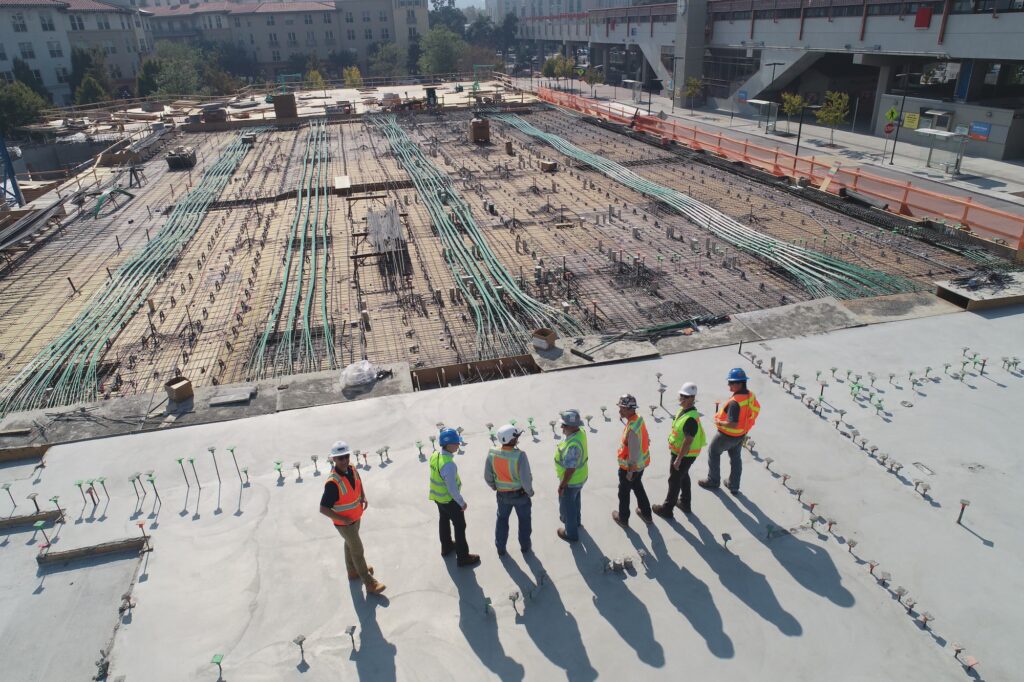Issues
Storm Cleanup
Lorem ipsum dolor sit amet, consectetur adipiscing elit. Ut elit tellus, luctus nec ullamcorper mattis, pulvinar dapibus leo.
Fatal Falls Are Preventable
Every employer that sends workers to perform tasks at heights should have a comprehensive fall protection program.
Fall protection encompasses a wide range of equipment and systems, including overhead anchorage and anchorage strength, horizontal lifeline systems, harness attachments, self-retracting line positioning, twin-leg lanyards, tie-back applications, post-fall suspension, and much more.
Dropped Objects Are Dangerous!
Gravity makes dropped objects accelerate at 9.81 meters per square second (32 feet per square second). The longer the drop, the faster the fall.
Commonly dropped objects include hand tools, instrumentation, small parts, structural components and other items that have to be transferred and used at heights.
Industries where elevated work areas are common have been especially susceptible to the risk of dropped objects, including the oil and gas, construction, energy and telecommunications infrastructure, shipping operations and aviation industries.
Top Causes of Workplace Injuries and Fatalities
Falling and being struck by a dropped object are among the top causes of workplace injuries and fatalities.
The Bureau of Labor Statistics (BLS) reported that in 2017, “fatal falls were at their highest level in the 26-year history of the Census of Fatal Occupational Injuries (CFOI), accounting for 887 (17 percent) of worker deaths.”
BLS reported that being struck by falling objects or equipment resulted in 45,940 injuries in 2017 (5.2% of all workplace injuries).
According to OSHA, dropped objects are the third leading cause of injuries in construction.

